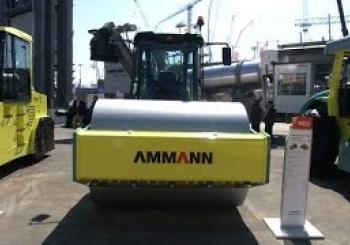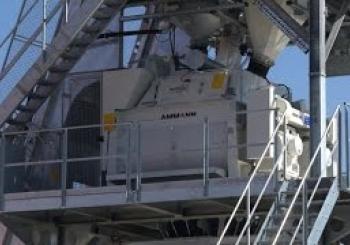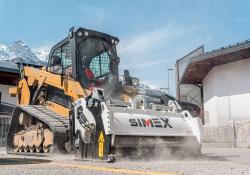The 300m bridge deck of Sunderland’s New Wear Crossing has been successfully launched across the river.
The 4,750tonne concrete and steel deck was resting on the south side of the River Wear from where it was inched across to touch the north side in a 20-hour operation. It had to slide through the twin arched towers of the bridge’s double pylon on its way to its final position to connect the city regions of Pallion to the south and Castletown to the north.
The temporary blue steel nose will soon be removed and the remaining 40m section of deck will be built in-situ on the north side this summer.
The project to build the New Wear Crossing started in May 2015 and completion is expected in the spring of 2018. The bridge is phase two of the Sunderland Strategic Transport Corridor, which is a five-phase plan to improve links between the A19 and Sunderland City Centre and the Port of Sunderland.
Scaffolding attached to the top of the pylon will enable cable stays to be fitted, which will be attached to the deck and gradually stressed to take the weight of the bridge later this year. After that, the blue steel temporary towers supporting the deck will be removed and then lighting, road markings and safety features will be added.
Simon Fryer, a technical director of Buro Happold Engineering, who led the team that designed the bridge, said it’s been three years of hard but exciting work.
UK-based
Victor Buyck Steel spent a year fabricating the pylon at its canal-side yard in Ghent. Because of its size,
When the pylon arrived about 1.5km off the coast at Sunderland, it was met by harbour tugs which brought it into port. On a specific high tide, it was carefully towed about 4.5km upriver to the site of the cofferdam between Pallion and Castletown.
The New Wear Crossing is the first bridge to be built over the River Wear in Sunderland for more than 40 years. World Highways recently featured the work as a <%$Linker:
Bridge deck launched for the New Wear Crossing, Sunderland (Video)
March 30, 2017


















